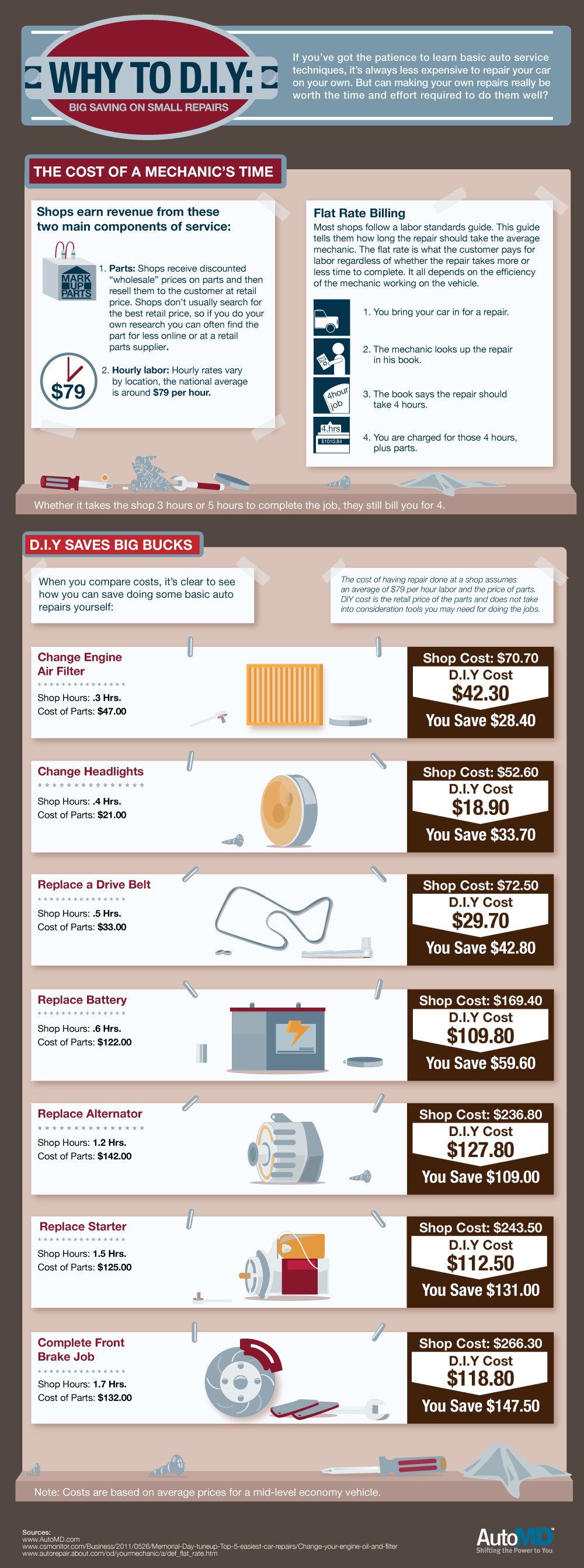Seeking Clearness On The Caution Lights Displayed On Your Cars And Truck'S Dashboard? Discover Just How They Connect To Your Car'S Health And Safety
Seeking Clearness On The Caution Lights Displayed On Your Cars And Truck'S Dashboard? Discover Just How They Connect To Your Car'S Health And Safety
Blog Article
Material Created By-Hartley Winters
When you lag the wheel, those beautiful warning lights on your dashboard can be a little bit bewildering. Do you understand what they're trying to inform you about your cars and truck's health? Understanding the importance of these lights is vital for your safety and the durability of your vehicle. So, the following time one of those lights turns up, wouldn't you wish to analyze its message accurately and take the essential steps to resolve it?
Common Warning Lighting and Interpretations
Recognize usual warning lights in your vehicle and understand their significances to guarantee secure driving.
One of the most normal caution lights include the check engine light, which signifies issues with the engine or exhausts system. If this light begins, it's important to have your automobile examined promptly.
The oil pressure warning light suggests low oil stress, calling for instant focus to stop engine damage.
A blinking battery light may suggest a faulty charging system, potentially leaving you stranded otherwise addressed.
The tire stress surveillance system (TPMS) light signals you to reduced tire pressure, affecting automobile stability and gas efficiency. Overlooking https://richmond.com/business/century-old-pep-boys-retailer-closes-its-auto-parts-stores-in-richmond-region-but-keeps/article_e3d11c27-b221-5012-929a-2f19ee7bc21a.html might bring about unsafe driving conditions.
The ABS light indicates a trouble with the anti-lock braking system, jeopardizing your ability to stop promptly in emergency situations.
Finally, the coolant temperature level advising light warns of engine overheating, which can cause extreme damages if not dealt with promptly.
Comprehending these usual warning lights will certainly assist you resolve problems promptly and maintain risk-free driving problems.
Value of Prompt Attention
Recognizing the typical caution lights in your car is only the primary step; the value of promptly dealing with these warnings can not be emphasized enough to ensure your security on the road.
When a caution light brightens on your control panel, it's your cars and truck's way of communicating a prospective problem that needs focus. Neglecting these cautions can bring about extra serious issues later on, compromising your security and possibly costing you much more out of commission.
Motivate interest to advising lights can protect against malfunctions and mishaps. For instance, a flashing check engine light can indicate a misfire that, if left unattended, might cause damage to the catalytic converter. Resolving this without delay can conserve you from an expensive repair service.
In https://remapping-near-me84062.blogadvize.com/37146080/the-vital-overview-to-sourcing-reliable-auto-repair-work-centers-in-your-area , a brake system warning light may signal reduced brake fluid or worn brake pads, critical elements for your safety and security when driving.
DIY Troubleshooting Tips
If you see a caution light on your dashboard, there are a couple of DIY troubleshooting ideas you can attempt before looking for professional assistance.
The initial step is to consult your car's handbook to comprehend what the certain warning light indicates. Sometimes the issue can be as simple as a loose gas cap activating the check engine light. Tightening up boatdetailing might solve the issue.
Another typical concern is a reduced battery, which can trigger numerous alerting lights. Inspecting https://driversclassnearme73962.techionblog.com/30295497/typical-misconceptions-bordering-vehicle-repair-cleared-up for corrosion and ensuring they're secure could deal with the trouble.
If a caution light continues, you can try resetting it by separating the auto's battery for a few mins and afterwards reconnecting it. In addition, inspecting your automobile's liquid degrees, such as oil, coolant, and brake liquid, can assist repair cautioning lights associated with these systems.
Conclusion
To conclude, understanding your vehicle's warning lights is crucial for keeping your automobile running smoothly and securely. By immediately addressing these signals and knowing what they indicate, you can prevent expensive repair work and prospective breakdowns.
Bear in mind to consult your car's guidebook for particular information on each alerting light and take action appropriately to make certain a trouble-free driving experience.
Keep informed, remain secure when driving!
